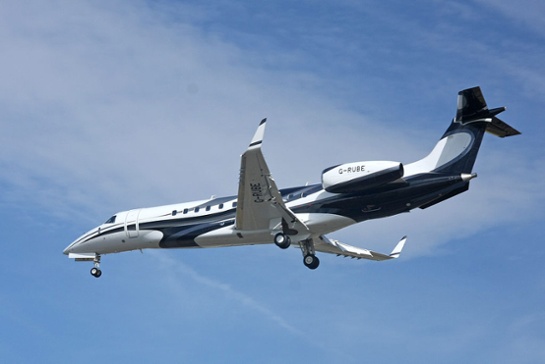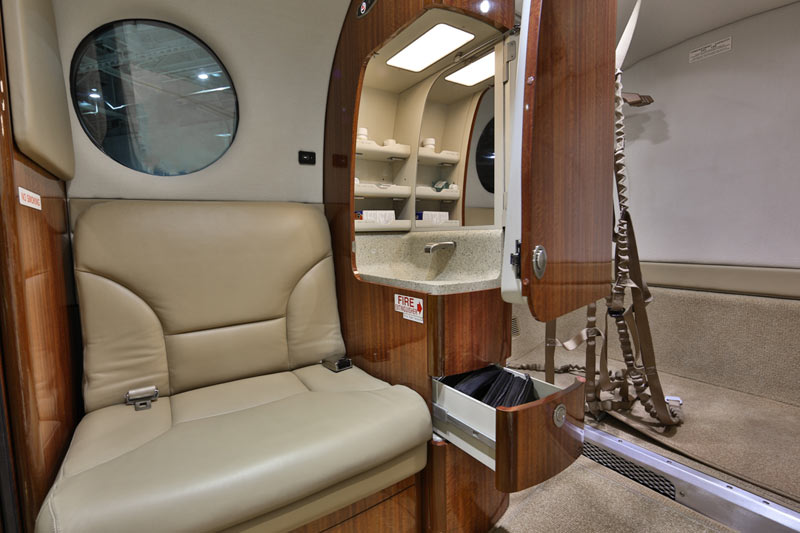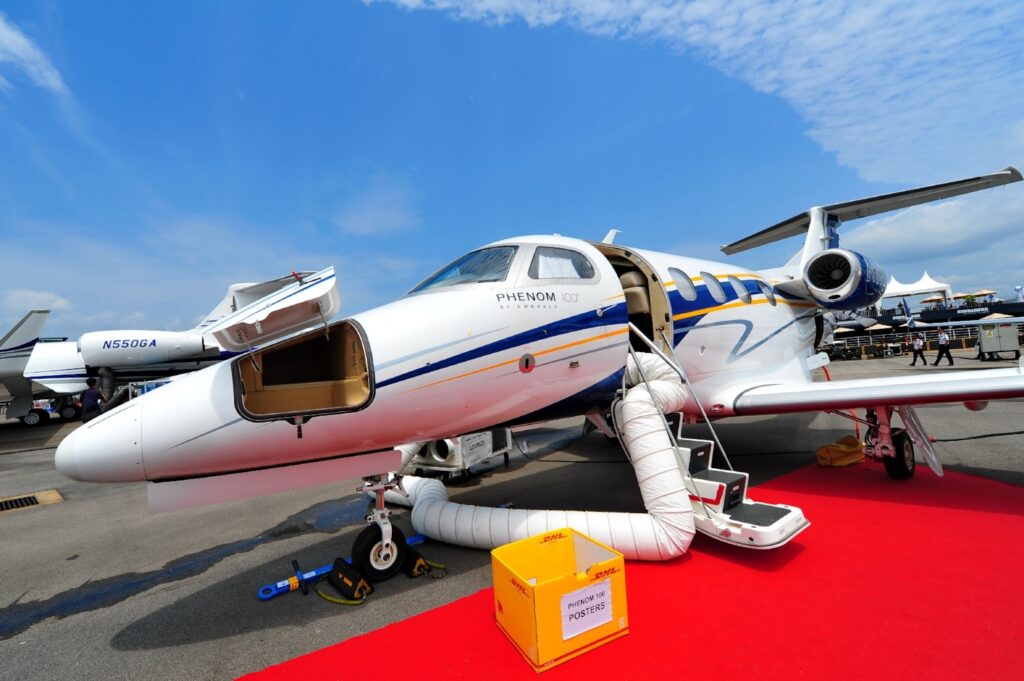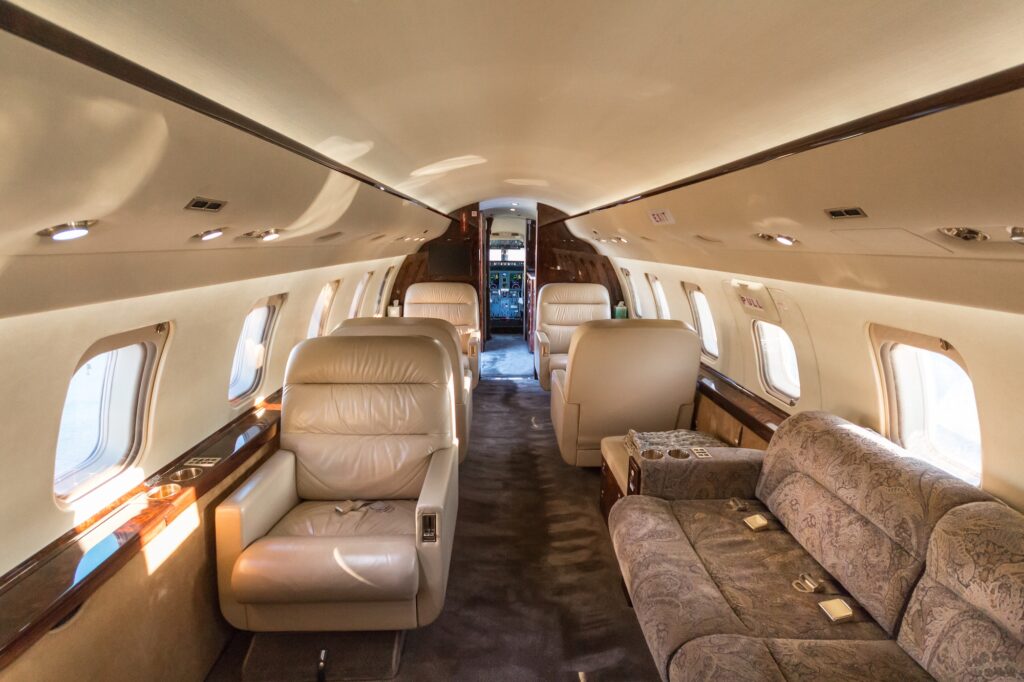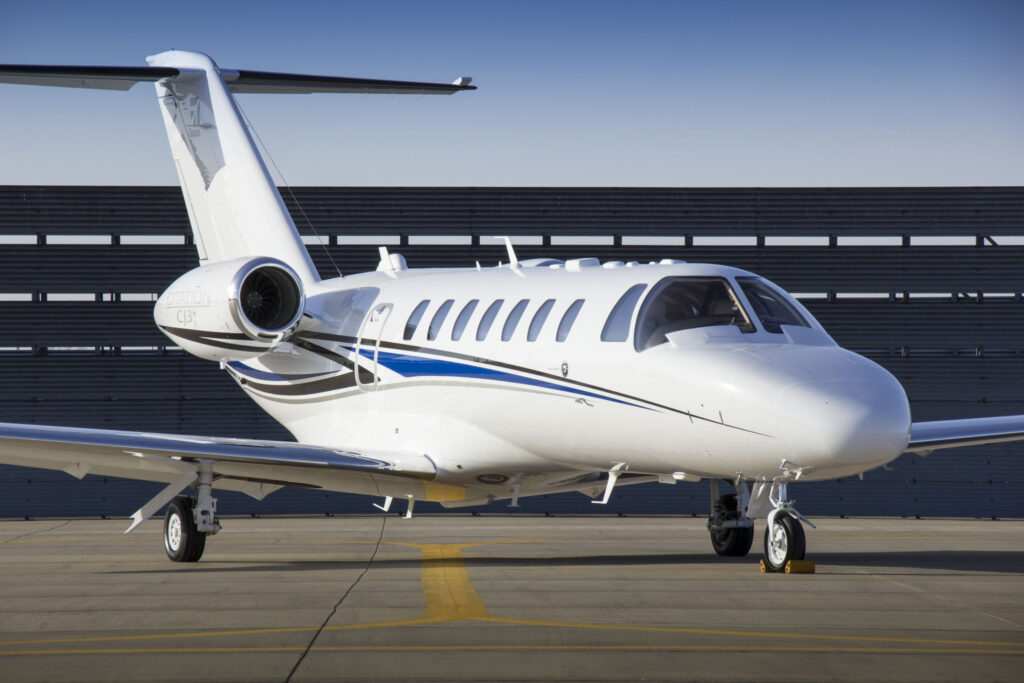While buying an older aircraft certainly presents advantages in the acquisition costs, the diagnostic advantages afforded to those who buy newer models may be worth the extra money in the long run.
At a recent Falcon event, our research team was able to hear directly from Dassault about some of their most recent diagnostic features. Dassault was particularly proud of newer Falcons’ ability to “self-diagnose” during flight. Newer-model Falcon cockpits push data to maintenance teams, allowing them a head start on issues experienced during flight.
In fact, most (if not all) manufacturers are starting to rely more heavily upon electronic data transfers, giving users the ability to know exactly what’s going on with their aircraft without having to tear it apart for manual inspections. With that in mind, newer-model aircraft owners may spend less time and money on troubleshooting, instead letting the aircraft itself do the work.
Newer-model aircrafts’ ability to collect and distribute data in real time has other advantages, as well. Cessna’s online portal gives owners, operators, and maintenance teams the ability to read data that’s being recorded on an aircraft. Although the online portal is available for older aircraft, as well, the difference in the amount of data being transferred is night and day between something like a Citation II and a CJ3+.
With information at their fingertips, maintenance teams working with newer-model aircraft can predict mechanical issues before they happen. Cessna’s portal allows users to view engine and hydraulic pressure data, among other data points, giving flight departments the advantage of being able to preemptively repair certain parts before they cause further issues, saving money in the long run.
Additionally, newer-model aircraft typically boast at least five percent more fuel efficiency than their predecessors, allowing operators of those aircraft to cut their biggest bill—fuel—by a significant margin. Warrantee options are something to consider, as well, giving new aircraft owners a safety net in case any major issues take place unexpectedly.
The purchase price for these planes obviously increases proportionately with the year model, but with today’s tax depreciation advantages, the cost difference may not be as big as it initially seems. With the aforementioned diagnostic advantages in mind, as well as fuel efficiency, cabin technology, and warrantee options, it may be worth it to go new.
If you were going to buy a new plane today, which one do you think offers the best value on the market?

